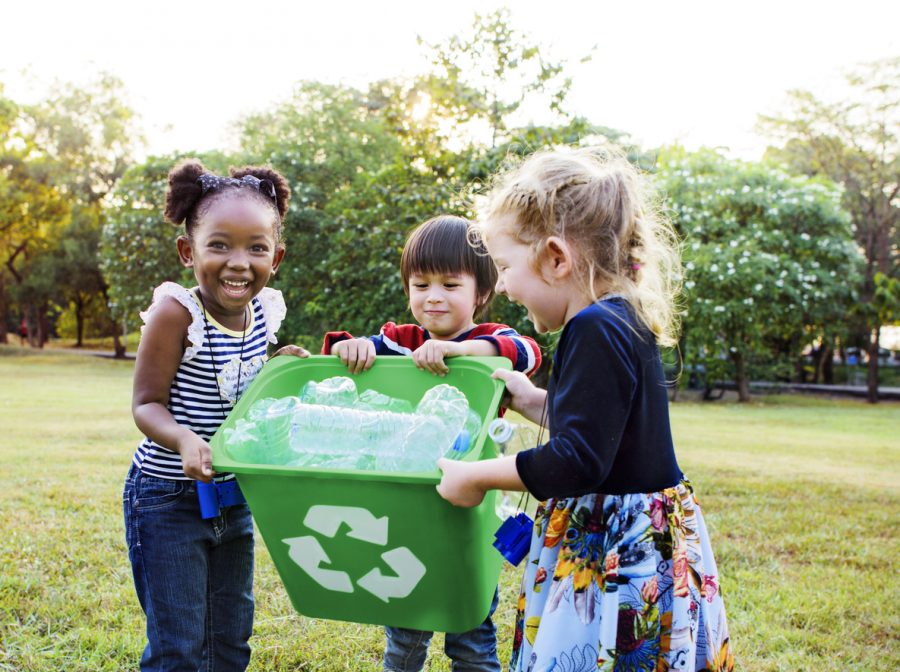By Dawn Gifford
It’s the end of the summer and time for the kids to head back to school. So how do you combine school’s three R’s of reading, writing and ‘rithmetic with the planet’s three R’s of reduce, reuse, and recycle? Here are five tips for getting off to a healthy, planet-friendly school year.
- Get new school clothes second-hand.
Kids outgrow clothing very quickly, so buying new clothes from retail stores not only wastes a lot of money for very little value, but “fast fashion” also contributes greatly to both sweatshop labour and environmental degradation from the GMO crops, oil-based synthetic fabrics and toxic dyes used to make them. In fact, the clothing industry is the second largest polluter in the world—second only to oil!
- Inventory your supplies before buying more.
Take a careful inventory of the school supplies you already have that can be used again. Do you have extra packs of pencils, or barely used notebooks? Do you really need a new ruler? Is last year’s backpack still fully functional? Is that lunchbox still in great shape? Reduce your consumerism and avoid last-minute impulse purchases by making a list of what you really need before you go to the store — and stick to it!
- Choose non-toxic and eco-friendly school supplies.
PVC, also known as vinyl, contains chemical additives including phthalates that are linked to asthma, learning disabilities, diabetes and other chronic health problems. Congress banned phthalates in children’s toys, yet they are widespread in school supplies like lunch boxes, backpacks and three-ring binders.
Choose backpacks made of recycled PET or natural canvas, and avoid the shiny, plastic models that often contain PVC. (They will last longer, too!)
It’s harder to find binders that are not made of vinyl, but look for brands that are labeled PVC-free.
Some crayons that are imported from China have been found to be contaminated with asbestos. Choose crayons that have been manufactured in the United States.
More and more retailers are carrying eco-friendly versions of every day school supplies, so choose recycled pencils and markers, refillable or recycled pens, and 100% recycled, chlorine-free notebooks and printer paper, too.
- Pack a zero-waste lunch.
By packing a whole food lunch for your child in a reusable lunch box with a reusable bottle of water or milk, you will help reduce the amount of paper bags, food packaging and wasted food your child produces — and they will be so much healthier for it too.
Making a lunch made with whole food (and not packaged, processed food) doesn’t have to be hard or time consuming. Get your kids involved in choosing lunch ingredients, so they’ll be less likely to pitch stuff they don’t want to eat.
- Explain to your kids why you’re making greener, healthier choices.
Making planet-friendly choices when getting ready for school is great, but what is even more awesome is teaching your kids why you’ve made those choices.
Sometimes, explaining how that shiny vinyl dinosaur backpack is full of toxic nasties or why that package of processed cookies pollutes and harms endangered animals is all it takes to calm a complaining child.
Hopefully, because of your thoughtful conversations with your kids, they will grow up to help create an island and a world where such toxic and polluting products don’t exist in the first place.
This article was originally published in the August 2018 edition of the RG Back-to-School supplement.

